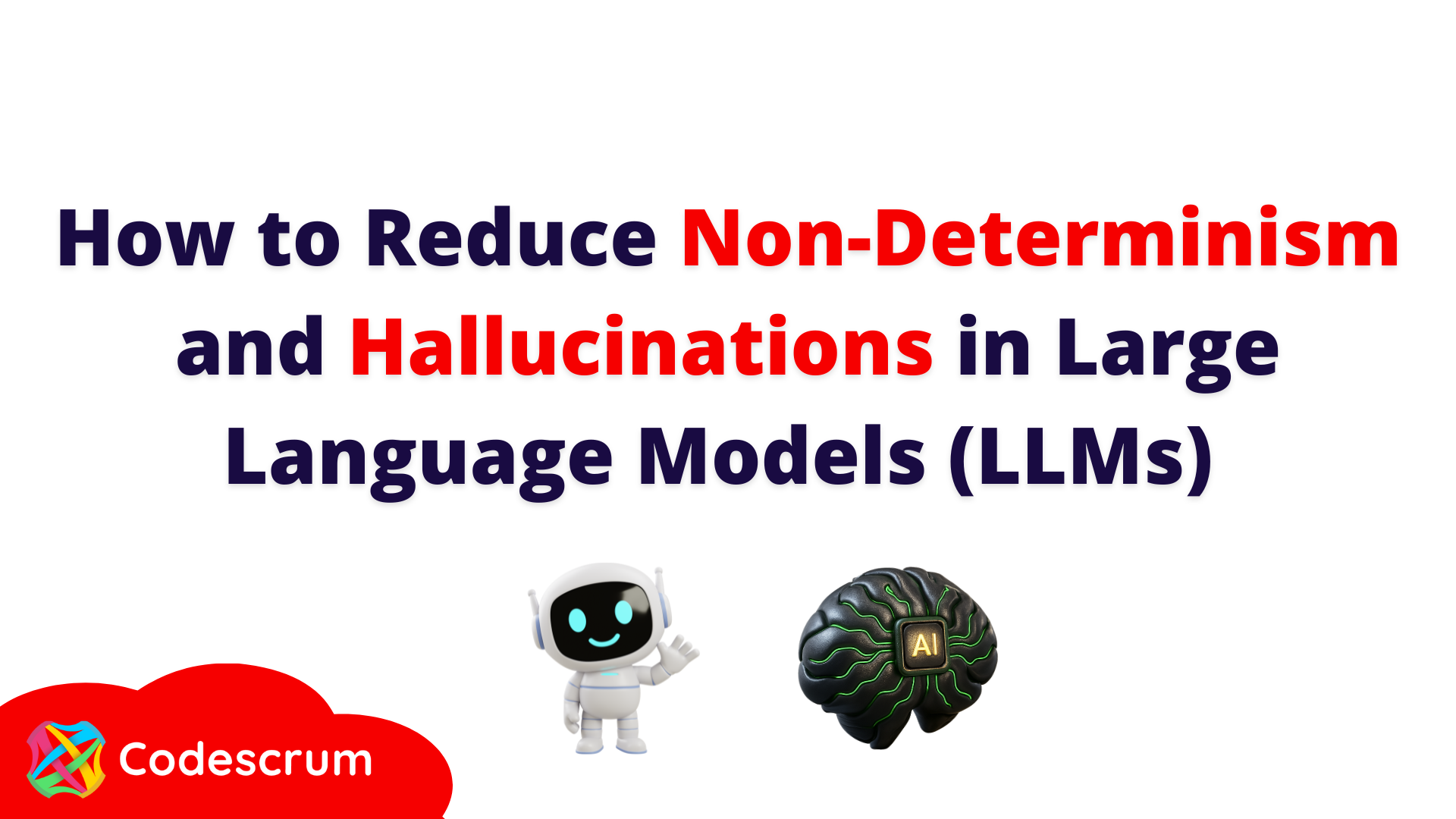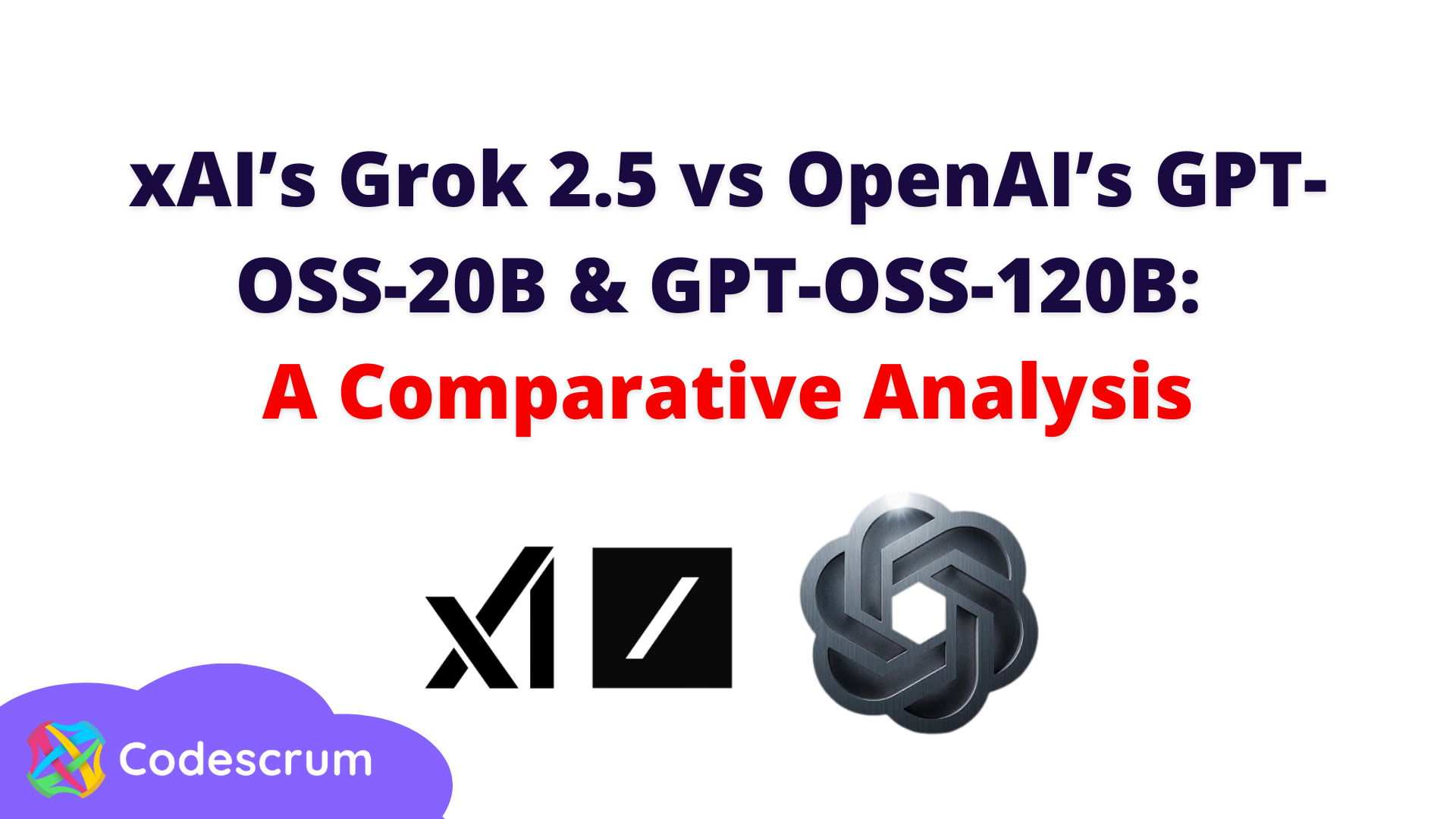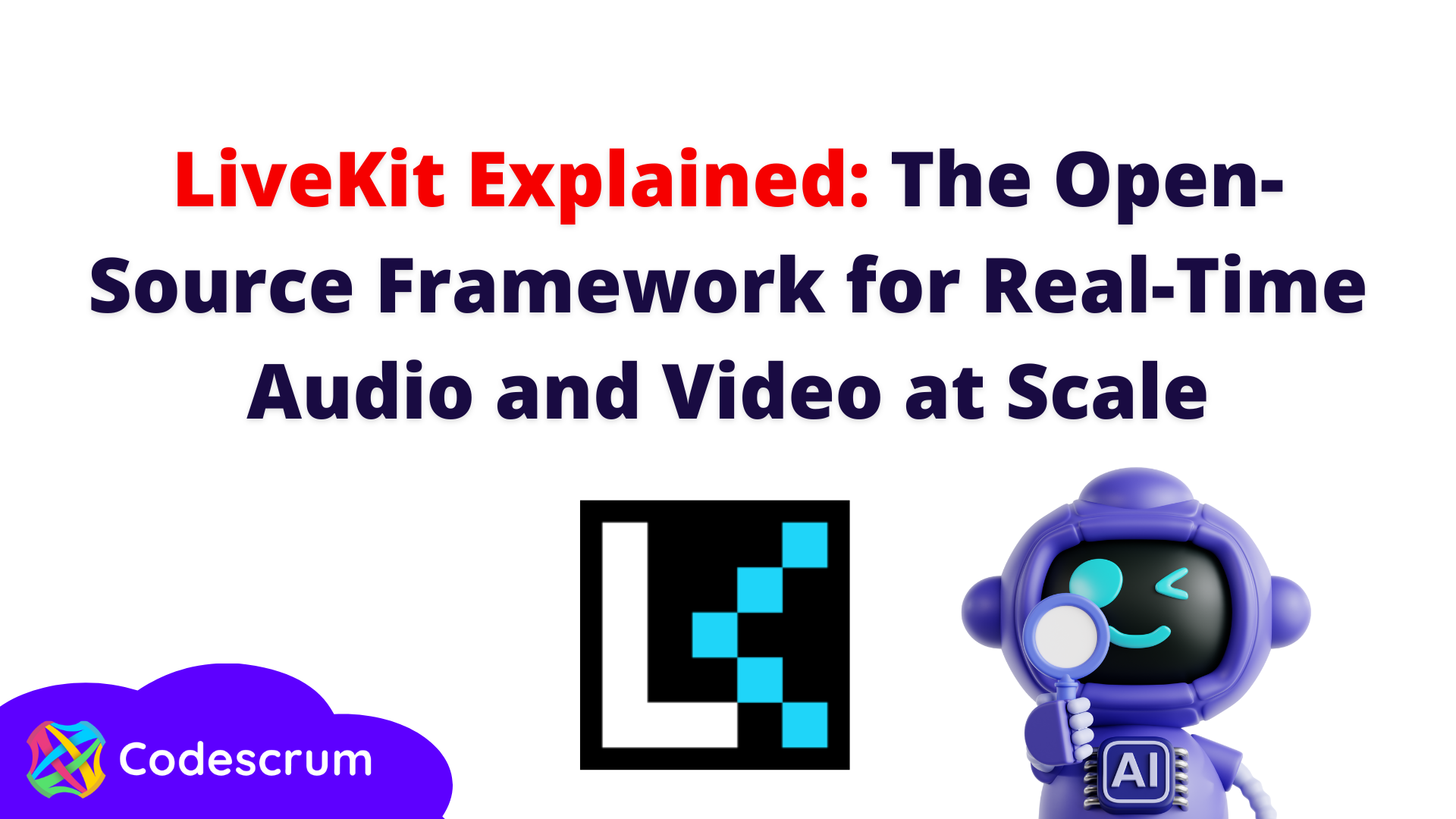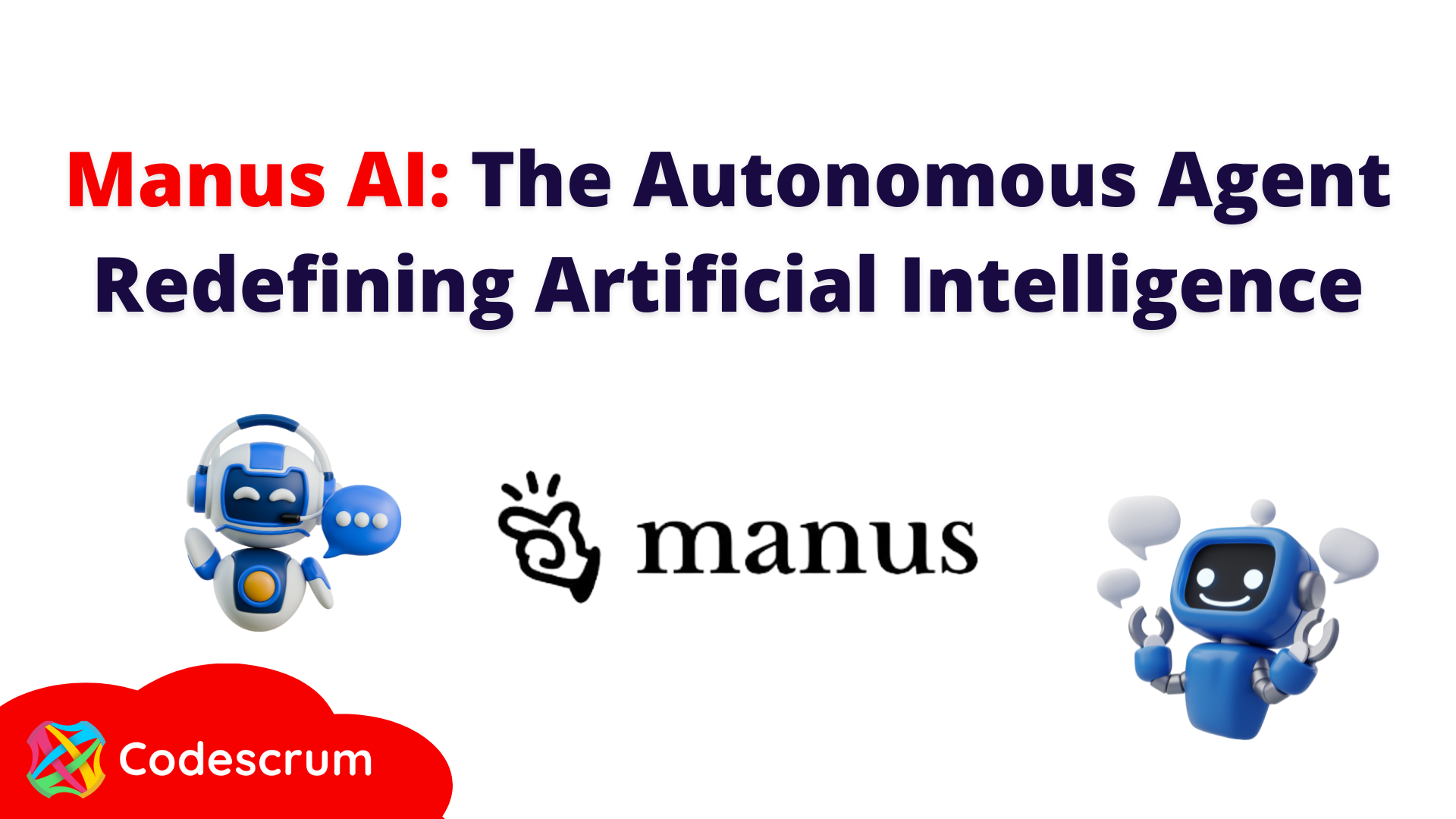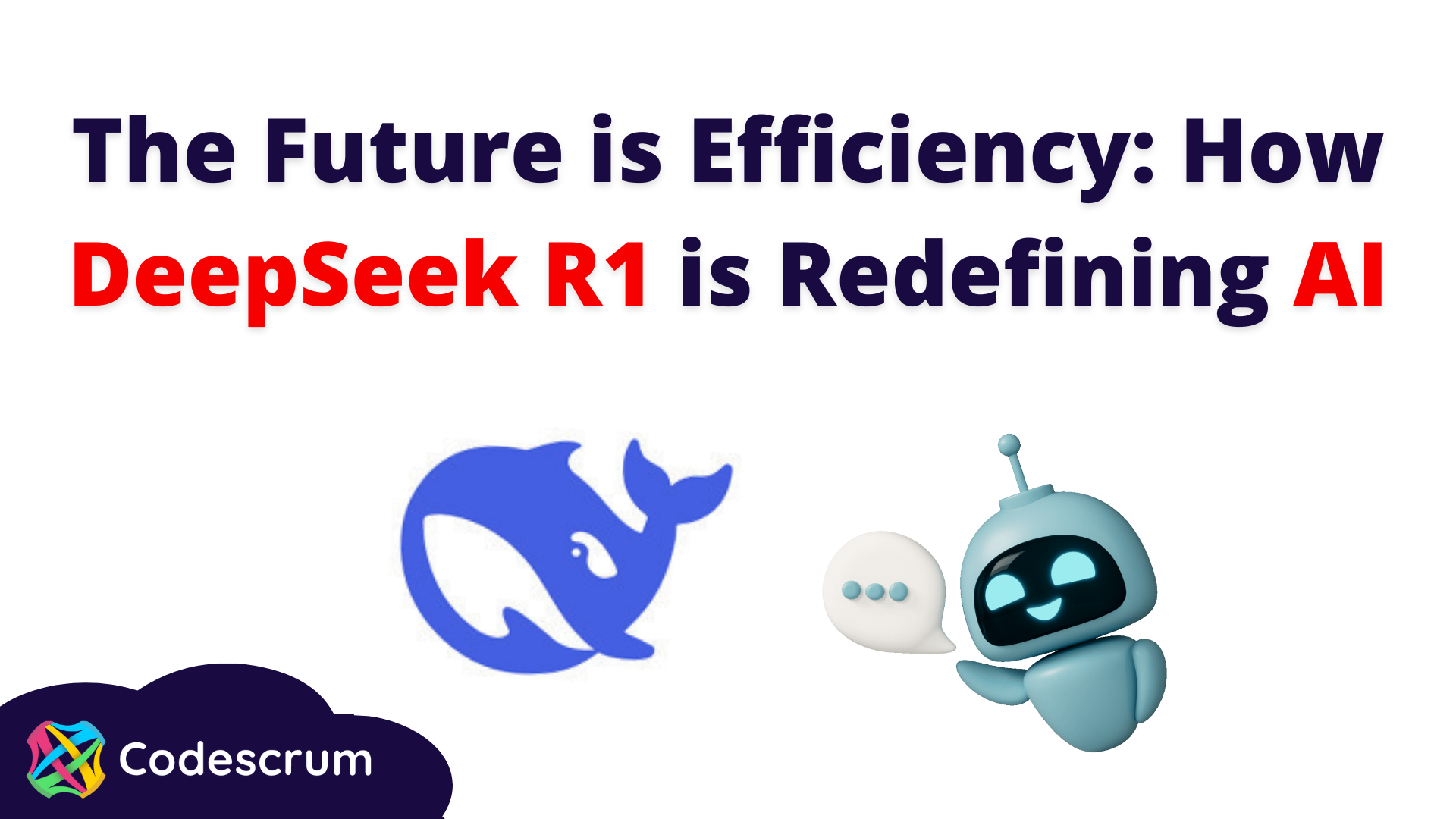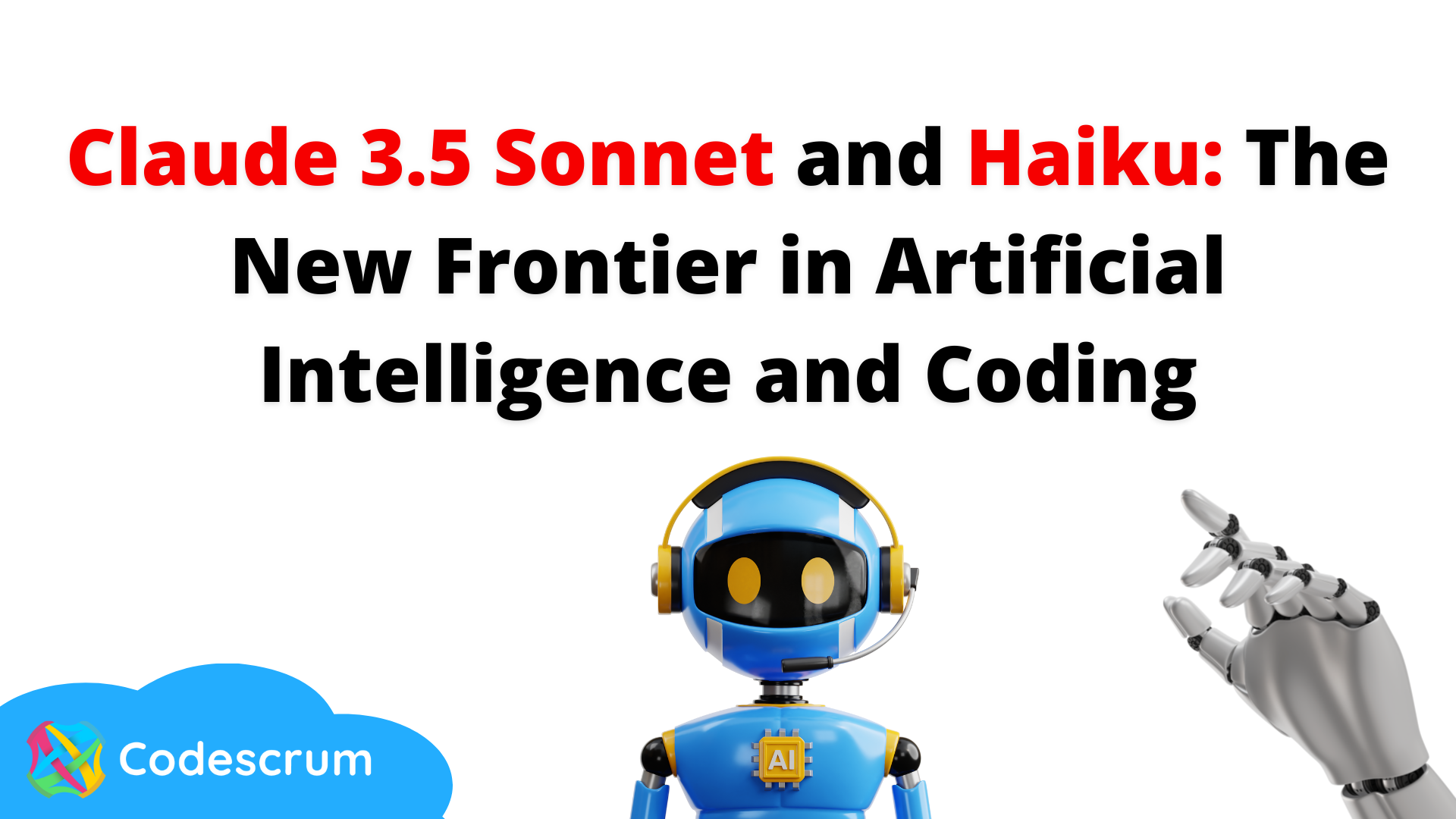‘The merge’ will change our crypto world: Everything you should know
‘The merge’ will change our crypto world: Everything you should know!
The crypto community and especially the Ethereum community is waiting for the execution of the structural change that one of the most important networks in the world, the Ethereum network, is going to undergo, an event hailed as the most important technological upgrade in the history of crypto.
But… exactly what is the merge about?
The merge is a long-planned upgrade for the Ethereum network, which seeks to improve the operation of the same. Such upgrades are commonplace, but this is the most important one to date, and its success will pave the way for developers to introduce a host of new features to the network. This update will bring new opportunities for Ethereum developers to add even more features to the network.
As Fortune magazine said, “ Once the merge is complete, the Ethereum mainnet will shift away from proof of work and instead adopt the Beacon Chain’s proof-of-stake mechanism.”
“The merge” will be the mix between the current Ethereum mainnet & something called the Beacon Chain. “ Currently, both chains exist in parallel. But only the Ethereum mainnet, which currently uses a mechanism called proof of work, is processing transactions.”
In short, there will be a transition from Proof of Work to Proof of Stake.
What is proof of work, and how does it works?
PoW, or Proof of Work, is a decentralized consensus mechanism that requires network members to expend effort solving an arbitrary mathematical puzzle to prevent anybody from gaming/attacking the system
Proof of work is commonly used in cryptocurrency mining for validating transactions and mining new tokens. The first network to use it was bitcoin, and also, it is currently used by Ethereum, but not for long.
Miners expend energy in the form of computing power. Though its supporters (mostly Bitcoiners) advocate proof of work, saying it’s the most secure mechanism, the process has a serious environmental impact due to the high energy consumption required to perform the validations. This was one of the main reasons the network decided to make structural changes in the mechanism for validating transactions and creating new currencies.
So.. what is the difference between proof of stake and proof of work?
At first, it is important to describe how proof of stake works! Let´s start:
POS or Proof of Stake is a method where cryptocurrency owners validate block transactions based on the number of coins a validator stakes. This method was created as an alternative to Proof of Work (PoW), the one previously mentioned in this post, which was the original consensus mechanism used to validate a blockchain and add new blocks. While the proof of work method requires miners to resolve an arbitrary mathematical puzzle, the Proof of Stake only requires that its validator hold and stake tokens.
An Investopedia definition adds that “Proof-of-stake (POS) is seen as less risky in terms of the potential for an attack on the network, as it structures compensation in a way that makes an attack less advantageous. The next block writer on the blockchain is selected at random, with higher odds being assigned to nodes with larger stake positions.”
it is important to mention that each validator who participates in the validation of new blocks will receive a percentage of the capital he/she has invested as a reward. The percentage depends on the number of validators in the network.
How will this mechanism work in the Ethereum network?
“Once Ethereum shifts to a proof-of-stake consensus mechanism post-merge, the network will rely on trusted entities known as validators to verify transactions and add new blocks to the blockchain.”
A validator will be chosen randomly each time a new block is added, which will occur
every 12
seconds, and anyone can apply to be a validator by depositing 32 Ethereum! As the Ethereum Foundation explains, prospective validators will be added to an “activation queue that limits the rate of new validators joining the network.” Once a validator is “activated,” it will be eligible to review and approve new blocks the Ethereum network proposes to add to its blockchain.
This network has a great impact not only on its cryptocurrency. Also, for the large number of decentralized applications and protocols hosted/built on the network. In this way, the merge will also impact the developments made on the Ethereum network. On the other hand, there will be many changes for those who used to mine ETH. All the equipment they used in the past will no longer be useful for this new mechanism. Many of them will likely move to mine other types of coins that still use "POW."
However, this change will greatly impact the network's reputation and the environment, as this was one of the biggest concerns for block validation. “The switch from proof of work to proof of stake will reduce the overall energy consumption of Ethereum by 99.9% or more,” Ethereum core developer Preston Van Loon told Fortune.
We look forward to the release of this long-awaited update. Also, we hope to make the Unthinkable Possible on this new version of the Ethereum network!

